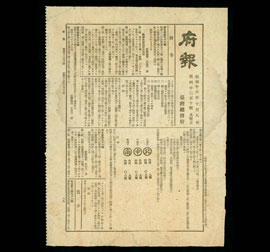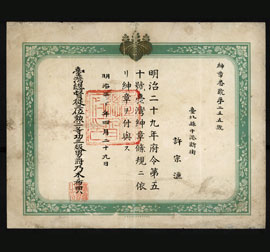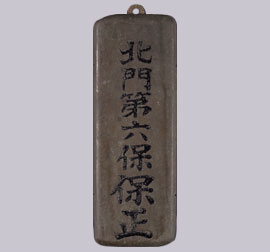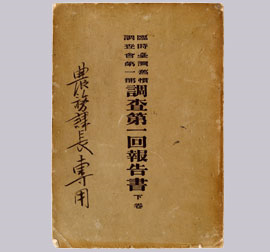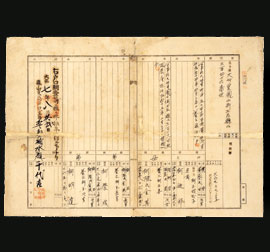:::
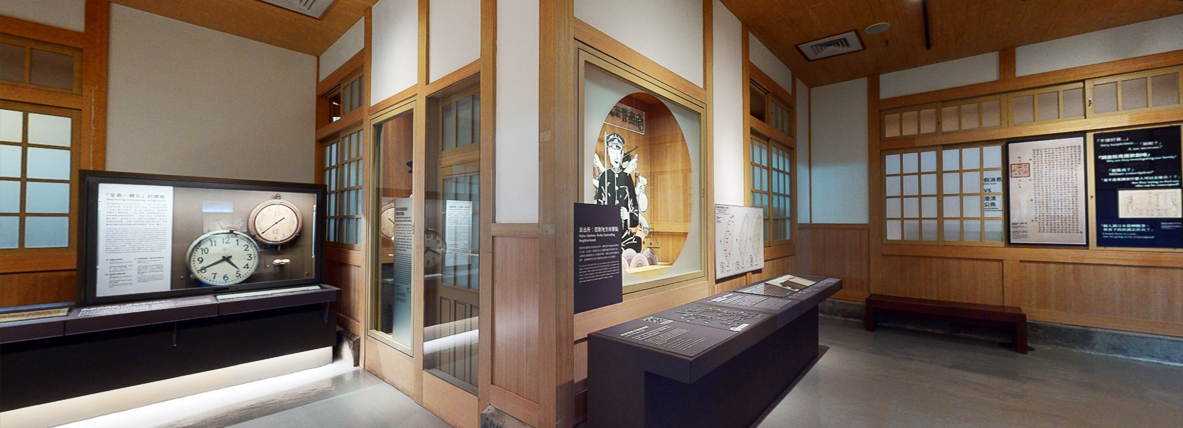
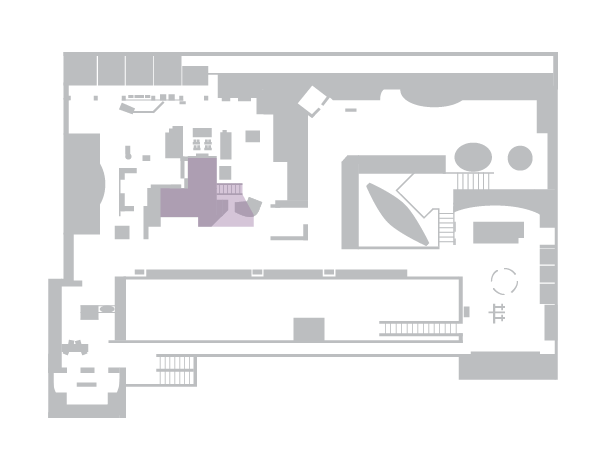
Establishment of Japan’s Colonization System: Administration, Police, and Enlightenment

Japan’s colonial rule can be divided into three major systems: administration, police, and enlightenment. First of all, there was the administration system where the Governor-General’s Office of Taiwan sat at the top of hierarchy. Above it was the imperial central government; below, it extended all the way to local district offices. Bureaucracy with a professional division of labor was in place to ensure effective performance. Secondly, there was the police and the Hoko system (a tithing structure of households framed by a centralized police system) that was responsible for maintaining public order and executing ordinances. Thirdly, there was the enlightenment system centered on local primary schools. Early on in the Japanese era, Taiwanese people who were familiar with pre-colonial society were dissatisfied with the modern state model that the Japanese government had brought to Taiwan. Incidents of armed resistance were frequent. In response to this, the Governor-General’s Office made experimental adjustments to its governing strategies, and took gradual control of Taiwan through its three major systems. Consequently, the previously dispersed regional societies were gradually integrated.





